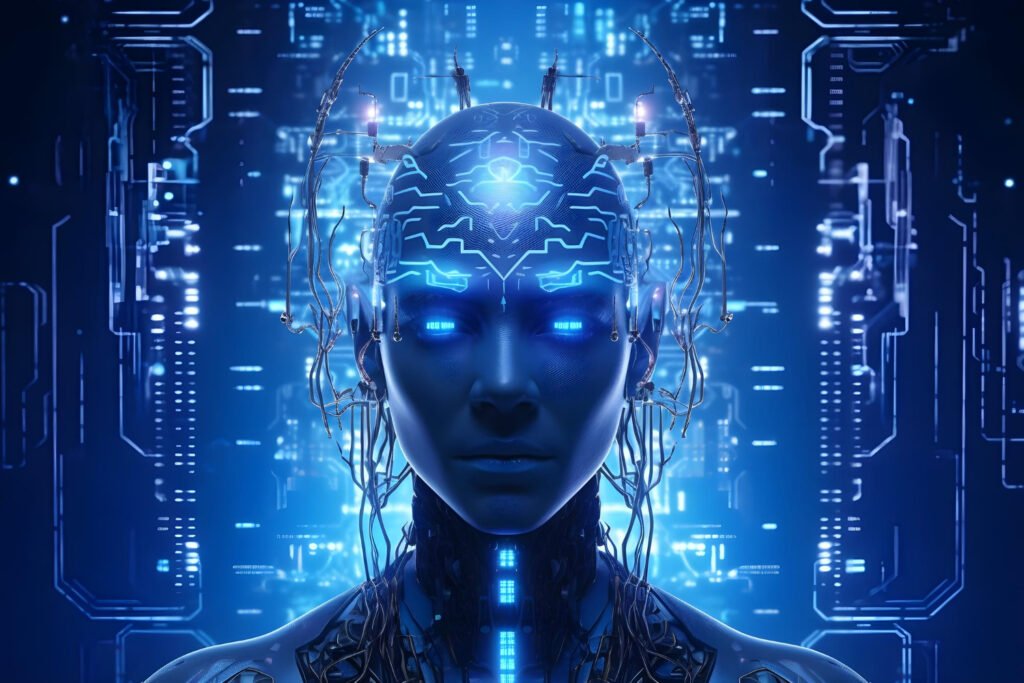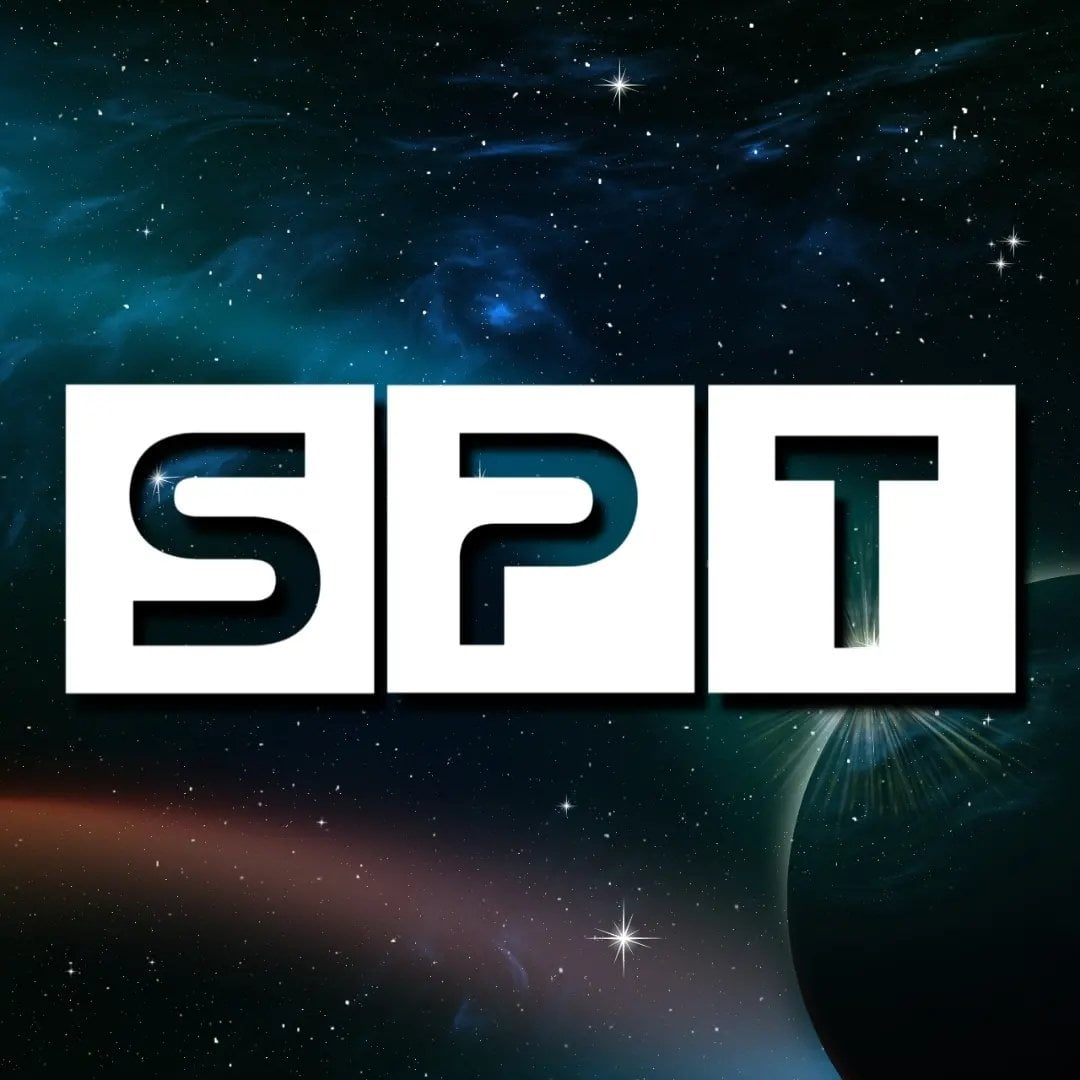The Evolution of Chatbots
Chatbots are computer programs that can interact with humans using natural language, such as text or speech. Chatbot have been around for decades, but they have gained unprecedented popularity and sophistication in recent years, thanks to the advances in generative artificial intelligence (GAI).
GAI is a branch of AI that focuses on creating new content (such as images, audio, text, etc.) based on patterns and rules learned from data. GAI can be used for various purposes, such as art, entertainment, education, research, and innovation.
One of the most popular and rapidly growing applications of GAI is chatbots, which can generate natural language conversations based on user inputs. Chatbots can chat about various topics, such as sports, movies, music, etc., and provide useful information, services, and assistance.
But how did chatbots evolve from simple rule-based systems to AI-powered, generative, and conversational systems? What are the main milestones and breakthroughs in the history of chatbots? And what are the current and future trends and challenges of chatbots? In this article, we will explore these questions and more, and provide some examples of how chatbots are transforming the world.
The Early Days of Chatbots: Rule-Based Systems
The first chatbot is generally considered to be ELIZA, created by Joseph Weizenbaum at MIT and released in 1966. ELIZA simulated conversation by using pattern matching and substitution methodology, which gave the illusion of understanding. It would rephrase user inputs as questions or statements, tricking some users into believing they were chatting with a real human. The era of chatbots had begun, and over the years, chatbots have evolved to the point where they are able to have full-fledged, existentialist conversations.
ELIZA was one of the earliest primitive chatbots. Named for the lead character in George Bernard Shaw’s Pygmalion, ELIZA simulated conversation using basic natural language processing (NLP). Most of ELIZA’s language capabilities came from individual “scripts.” The most famous script, DOCTOR, engaged users with open-ended questions and responses reminiscent of an empathic psychologist like Carl Rogers. With just simple pattern-matching rules, and no real understanding of emotion, ELIZA could sometimes pass as human. Despite its limitations, this breakthrough program paved the way for the natural language systems we use today.

Parry: A Chatbot with a Personality Disorder
Other rule-based chatbots soon followed. In 1972, psychiatrist Kenneth Colby created the next influential chatbot, Parry, at Stanford University. Parry was groundbreaking for attempting to simulate a person with paranoid schizophrenia. Parry used a model of the internal state of the mind, and responded to user inputs based on its mood and attitude. Parry was also one of the first chatbots to participate in the Turing test, a method to determine whether a machine can exhibit human-like intelligence. Parry was able to fool some judges into thinking it was human.
Jabberwacky: A Chatbot with a Sense of Humor
In 1988, Rollo Carpenter, a British programmer, began working on Jabberwacky, which was designed to replicate normal human conversation in an enjoyable, amusing and natural way. Jabberwacky used a database of thousands of phrases and responses, and learned from user inputs and feedback. Jabberwacky also had a sense of humor and personality, and could chat about anything from philosophy to jokes. Jabberwacky won several awards, such as the Loebner Prize and the Chatterbox Challenge, and spawned several spin-offs, such as Cleverbot and Eviebot.
The Limitations of Rule-Based Chatbots
Rule-based chatbots were the dominant paradigm for chatbot development until the late 1990s. They relied on predefined rules and scripts to generate responses, and had limited capabilities and scalability. They could not handle complex or ambiguous inputs, and could not learn from new data or situations. They also lacked naturalness and coherence, and often repeated themselves or gave irrelevant or nonsensical answers. Rule-based chatbots were also hard to maintain and update, as they required manual coding and editing of rules and scripts.
The Rise of Chatbots: AI-Powered Systems
The advent of artificial intelligence (AI) and machine learning (ML) revolutionized the field of chatbots, and enabled the development of more advanced, intelligent, and natural chatbots. AI and ML are the processes of making machines learn from data and improve their performance without explicit programming. AI and ML can be divided into three main types: supervised learning, unsupervised learning, and reinforcement learning.
Supervised learning is the process of learning from labeled data, such as input-output pairs. Supervised learning can be used to train chatbots to generate responses based on given inputs, such as questions or keywords. For example, a chatbot can be trained to answer questions about the weather by using a dataset of weather-related questions and answers.
Unsupervised learning is the process of learning from unlabeled data, such as text or images. Unsupervised learning can be used to train chatbots to discover patterns and structures in the data, such as topics or sentiments. For example, a chatbot can be trained to identify the main topic of a conversation by using a large corpus of text.
Reinforcement learning is the process of learning from trial and error, and rewards and penalties. Reinforcement learning can be used to train chatbots to optimize their behavior based on feedback, such as user satisfaction or engagement. For example, a chatbot can be trained to improve its conversation skills by receiving positive or negative feedback from users.

AI and ML chatbots use various techniques and algorithms, such as:
- Natural language processing (NLP): The field of AI that deals with understanding and generating natural language, such as text and speech. NLP can be used for various applications, such as sentiment analysis, chatbots, summarization, and translation.
- Natural language understanding (NLU): The subfield of NLP that deals with understanding the meaning and intent of natural language. NLU can be used to train chatbots to comprehend user inputs, such as questions, commands, or emotions.
- Natural language generation (NLG): The subfield of NLP that deals with generating natural language from data or information. NLG can be used to train chatbots to produce natural and coherent responses, such as answers, suggestions, or stories.
- Deep learning: A subset of machine learning that uses multiple layers of artificial neural networks to learn from large amounts of data and perform complex tasks, such as image recognition, natural language processing, and speech synthesis.
- Recurrent neural networks (RNNs): A type of neural network that can process sequential data, such as text or speech. RNNs can be used to train chatbots to generate responses based on the context and history of the conversation.
- Sequence-to-sequence models (Seq2Seq): A type of neural network model that can map one sequence of data to another sequence of data, such as text to text, or speech to speech. Seq2Seq models can be used to train chatbots to generate responses based on the input sequence, such as questions or keywords.
- Attention mechanisms: A technique that allows neural network models to focus on the most relevant parts of the input or output data, such as words or sentences. Attention mechanisms can be used to improve the performance and quality of chatbots, by enhancing the accuracy, relevance, and diversity of the responses.
- Transformers: A type of neural network model that uses attention mechanisms to process sequential data, such as text or speech. Transformers can be used to train chatbots to generate responses based on the input sequence, such as questions or keywords, and the context and history of the conversation.
AI and ML chatbots have several advantages over rule-based chatbots, such as:
- They can handle complex and ambiguous inputs, and generate natural and coherent responses.
- They can learn from new data and situations, and adapt to user preferences and feedback.
- They can provide more personalized, interactive, and engaging experiences for users.
- They can scale and improve over time, and require less maintenance and update.
AI and ML chatbots have also some challenges and limitations, such as:
- They require large amounts of data and computing power to train and run.
- They may not be able to explain how they work or why they make certain decisions.
- They may generate inaccurate, irrelevant, or harmful responses, such as misinformation, bias, or toxicity.
- They may pose ethical, legal, and social issues, such as privacy, security, accountability, and trust.
Some examples of AI and ML chatbots are:
- Siri: A voice-activated personal assistant developed by Apple, that can perform various tasks and services, such as making calls, sending messages, setting reminders, playing music, answering questions, and more.
- Alexa: A voice-activated personal assistant developed by Amazon, that can perform various tasks and services, such as controlling smart devices, ordering products, playing games, answering questions, and more.
- Google Assistant: A voice-activated personal assistant developed by Google, that can perform various tasks and services, such as searching the web, booking appointments, navigating maps, answering questions, and more.
- Cortana: A voice-activated personal assistant developed by Microsoft, that can perform various tasks and services, such as managing calendars, sending emails, checking the weather, answering questions, and more.
- Watson Assistant: A conversational AI platform developed by IBM, that can build and deploy chatbots for various domains and industries, such as banking, health care, retail, travel, and more.
- Rasa: An open-source framework for building and deploying chatbots, that uses natural language understanding, dialogue management, and natural language generation, and supports multiple languages and channels, such as web, mobile,





